14 Delightful Facts About Sapodilla
by Editorial Staff
Sapodilla is also known as sapodilla plum or woody potato. This exotic fruit is native to South America but spread over time in Asia, and today it is of great economic importance and is cultivated throughout the tropics.
Facts About Sapodilla

- Sapodilla, Chiku, lamut, achra, or oil tree is a member of the Sapotov family, which includes many tropical evergreen trees and shrubs that produce edible fruits.
- Initially, the plant grew only in the south of Mexico, but today it has become popular in Asia.
- For Mexicans, sapodilla is practically the same as plums for us, since ripe sapodilla fruits are stewed with lime juice and ginger, they make jam, jams, compotes from it, add to pies, and also make aromatic wine from the fruits.
- One round or oval sapodilla fruit with brownish skin can weigh between 100 and 170 g.
- In its structure, it looks more like a persimmon, since it has similar hard and black oval seeds up to 2 cm long. These seeds must be removed before eating ripe fruit, otherwise, they may get stuck in the throat, as they are equipped with a hook at the end.
- The taste of this juicy and very sweet tropical delicacy is rather unusual. It has notes of honey, caramel, dates, persimmon, chocolate, and even coffee.
- For some gourmets, this fruit even tastes like toffee or condensed milk, so it is ideal for sweets because eating such fruit will be much healthier than eating sweets or pastries.
- This fruit has a very short shelf life, so far from the country of its growth is very rarely found on sale. But in tropical countries, it is very common due to its beneficial properties.
- The fruit is rich in vitamins and trace elements, has an anti-inflammatory effect, is recommended for viral, infectious diseases, increases the level of hemoglobin in the blood, and is generally recommended for people with low immunity. At the same time, the fruits of sapodilla are one of the few that did not have any contraindications to use.
- Due to its properties, sapodilla is widely used in cosmetology, since the fruit has a regenerating effect, moisturizes and nourishes the skin and hair.
- Tree crowns are usually pyramid-like by nature. Sapodilla trees are also grown for latex, which is rich in the sap of the wood, so from time to time cuts are made in the bark through which white sap flows into the container. Subsequently, blanks for chewing gum, adhesive plaster, etc. are made from it.
- Sapodilla yields are usually good. One adult tree is capable of producing about 3000 fruits per year, weighing an average of 150g.
- Also, this fruit is probably the only one in the world that is able to stop diarrhea, but only if it is eaten unripe.
- Sapodilla has no special contraindications. But nevertheless, the first acquaintance should be carried out carefully with this fruit, since individual intolerance to any component in the composition of the lamut is never ruled out.
 Also Like
Also Like
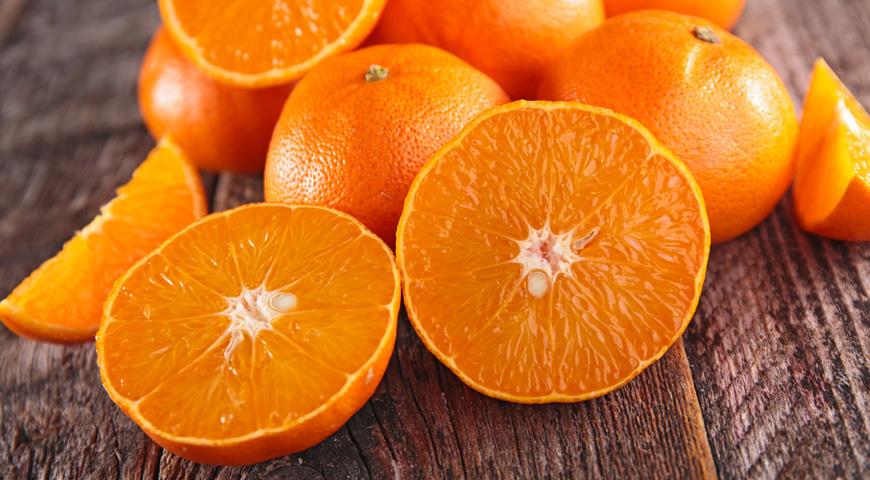
Clementines are a hybrid of an orange and a mandarin, and this variety was bred by the French priest and breeder Father Clement, after whom the exotic fruit got its name. Externally, clementines are similar to tangerines with one difference – there are pr...

10 Interesting Facts About Arugulas
Indau, eruka, rocket, sowing caterpillar – this plant has many names, but whatever you call it less useful for health, it does not become from this. Arugula has a pleasantly bitter flavor that can add a spicy taste to any dish. Many who have tried it once...

10 Interesting Facts About Asparagus
All over the world, spring is considered the season of asparagus, when the first young juicy shoots appear from the ground. In our country, you don’t even have to look for local asparagus in the markets – you need to grow it (and it doesn’t grow in one ye...

10 Interesting Facts About Broccoli
There is more vitamin C in broccoli cabbage than in lemon, A – almost as much as in carrots, and the rest of the trace elements are certainly not less than in related vegetables of the cabbage family. It should be treated with caution by those who have in...

10 Interesting Facts About Cauliflowers
Cauliflower is superior to all other varieties in taste and nutritional content. What do you know about Cauliflowers? We will tell you 10 interesting facts about him, and if you have something to add, be sure to leave your comment under this post! Caulifl...

10 Interesting Facts About Dills
Many people actively use dill when preparing a wide variety of dishes; this seasoning is considered truly universal. What do you know about Dills? We will tell you 10 interesting facts about him, and if you have something to add, be sure to leave your com...

10 Interesting Facts About Fennels
Not the most frequent guest in our kitchens, but his every appearance should be noted. What do you know about Fennels? We will tell you 10 interesting facts about him, and if you have something to add, be sure to leave your comment under this post! The ho...

10 Interesting Facts About Garlic
Many doctors recommend eating garlic, in the absence of contraindications, of course. This is an extremely useful product, notable for the fact that when cooked or dried, it retains a significant proportion of useful substances. What do you know about Gar...

10 Interesting Facts About Greens
We know vegetables and greens are good for you. But what exactly is their strength and why are they so important in the daily diet? After examining the opinions of people leading a healthy lifestyle, we are a selection of 10 interesting facts. What do you...

10 Interesting Facts About Lettuce
Lettuce is known all over the world and has been actively used since the 20th century. People can grow lettuce on their own to consume its leaves or stump. It should be noted that lettuce varieties such as Roman are produced mainly in Europe (in the Medit...

10 Interesting Facts About Parsley
Even the usual seasoning can harbor a lot of unusual things. What do you know about Parsley? We will tell you 10 interesting facts about him, and if you have something to add, be sure to leave your comment under this post! Did you know that there are curl...

10 Interesting Facts About Pumpkins
Orange, juicy, bright, tasty, useful! Pumpkin is a real symbol of autumn. And what do you know about pumpkins? We will tell you 10 interesting facts about pumpkins, and if you have something to add, be sure to leave a comment under this post! In fact, the...

12 Interesting Facts About Daikon
Due to the high content of vitamins, daikon strengthens the immune system, and its phytoncides kill microbes. Daikon removes excess fluid from the body, cleanses the liver and kidneys, stimulates the stomach and intestines, and is even able to dissolve ga...
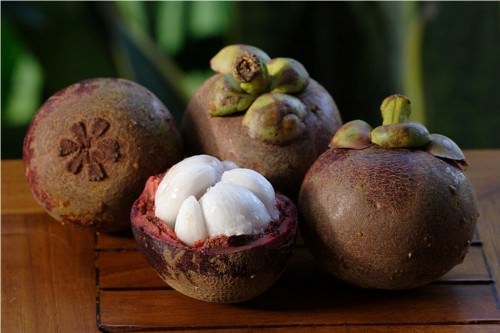
12 Interesting Facts About Mangosteen
We have already written about dragon fruit – one of the most popular fruits in Southeast Asia, especially in Thailand. We decided to continue the series of notes dedicated to fruits, which can be seen in abundance on Thai food stalls. The turn of mangoste...

12 Interesting Facts About Mustard
Mustard is an annual plant that grows up to 60 cm in height. The bright yellow flowers form seed pods, each containing about 6 seeds. What do you know about Mustard? We will tell you 12 interesting facts about him, and if you have something to add, be sur...
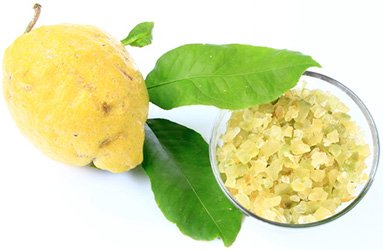
Citron is a rare fruit that belongs to the citrus family. At the moment, it grows only in some rather limited areas. Theophrastus, Virgil, Martial also spoke about this fruit, it is also mentioned in the Bible. The history of the origin of this citrus tre...
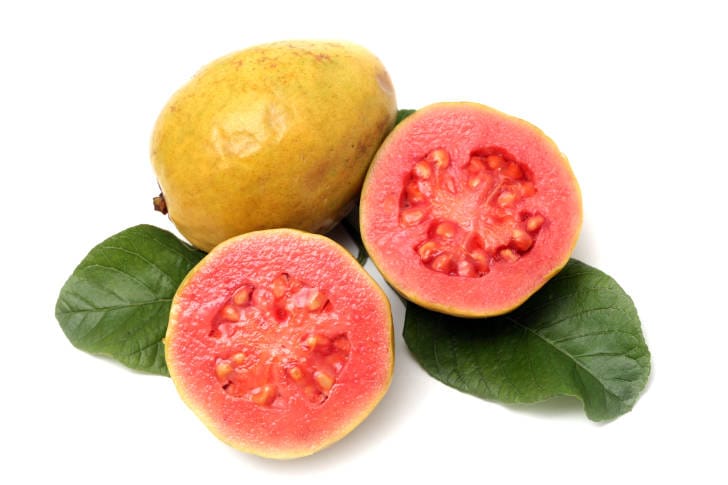
Guava is an evergreen plant of the Myrtle family, which includes about 100 species. This plant is native to the tropics of South America, but today it is grown in other parts of the world. The guava fruit is widely used for making desserts. Guava fruits a...

13 Interesting Facts About Beans
Many dishes contain beans, and in some countries, they are an integral part of the national cuisine, for example, in Mexico. What do you know about Beans? We will tell you 13 interesting facts about him, and if you have something to add, be sure to leave ...
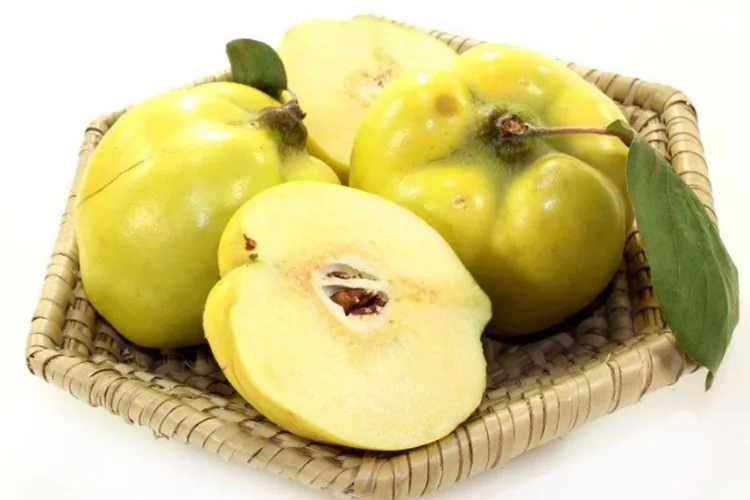
14 Fascinating Facts About Chaenomeles
Japanese quince, or Japanese Chaenomeles, is a representative of the Plum subfamily, the Pink family, of the order Rosaceae. Japanese quince is small in height (grows from 1.5 to 4 m) with falling leaves (rarely semi-evergreen) bush or low tree, which is ...

14 Interesting Facts About Basil
Basil is considered an Indian spice and is used as a condiment in many cuisines around the world. What do you know about basil? We will tell you 14 interesting facts about him, and if you have something to add, be sure to leave your comment under this pos...
Comments for "14 Delightful Facts About Sapodilla"
 |
 |
 |
 |
Get FREE Recipe Gifts now. Or latest free cooktops from our best collections.
Disable Ad block to get all the secrets. Once done, hit any button below
 |
 |
 |
 |